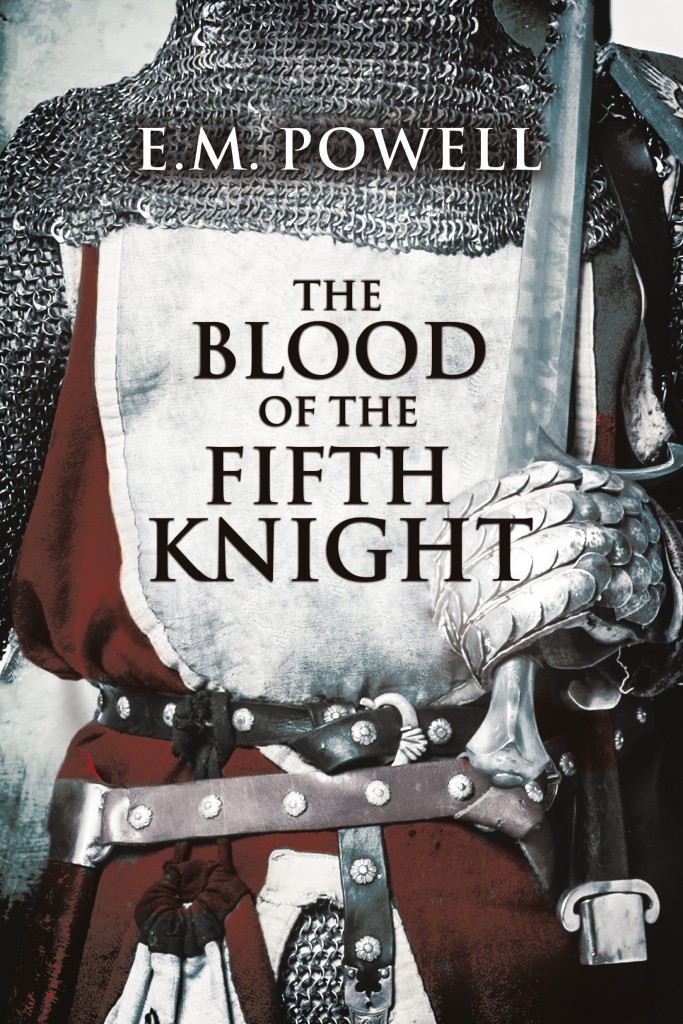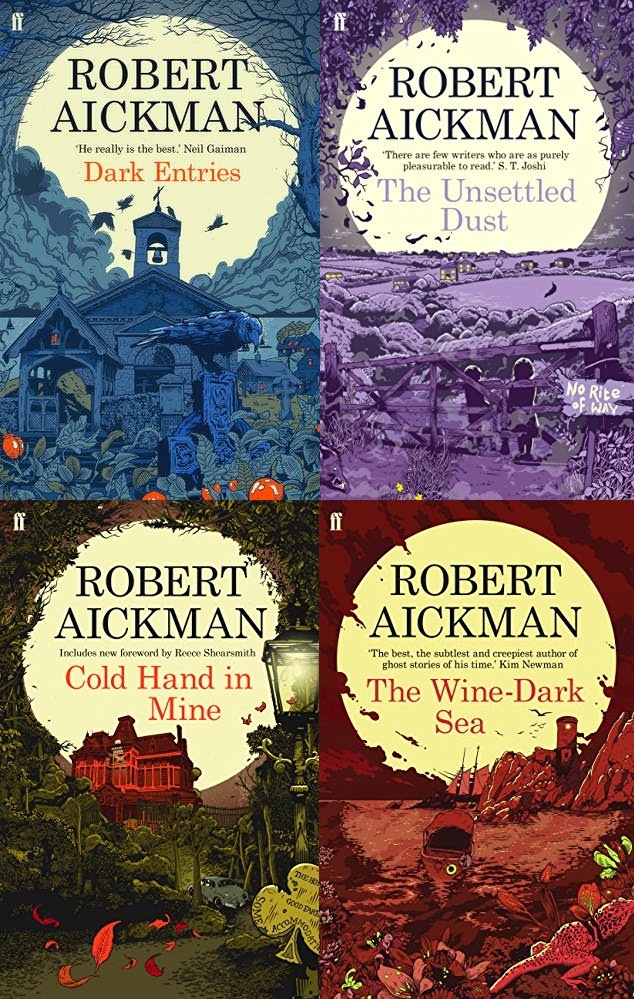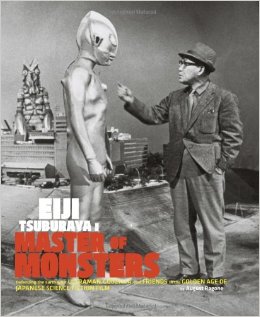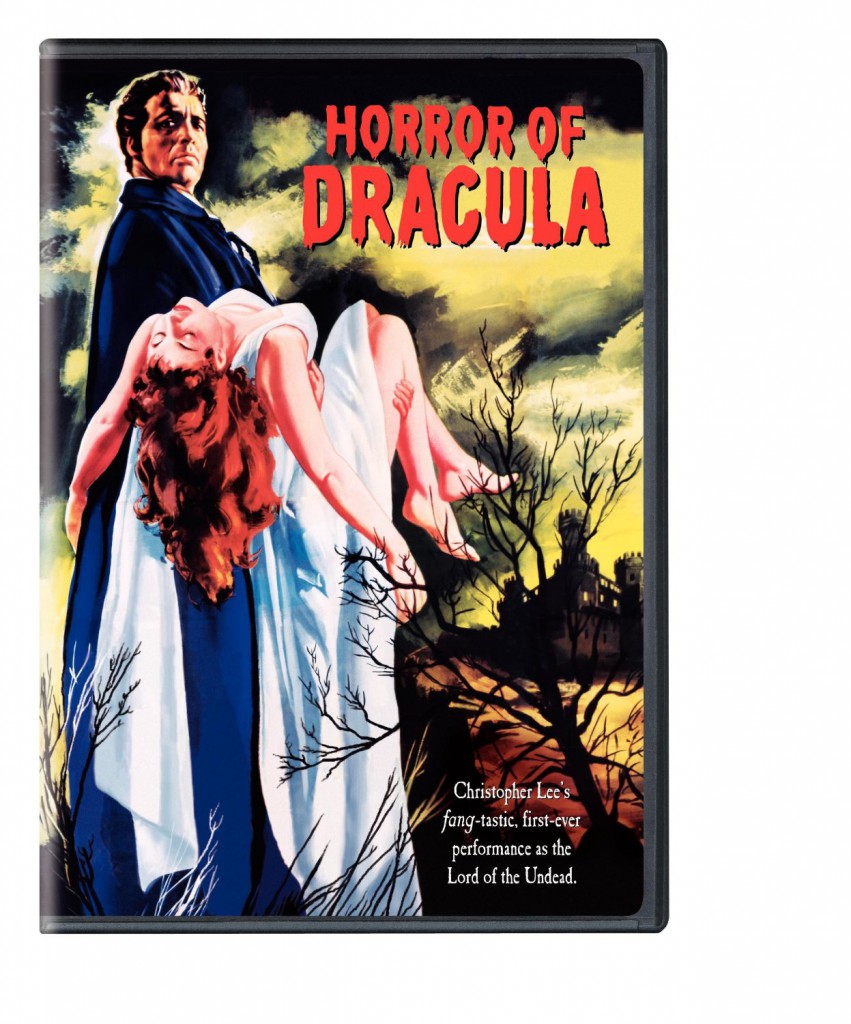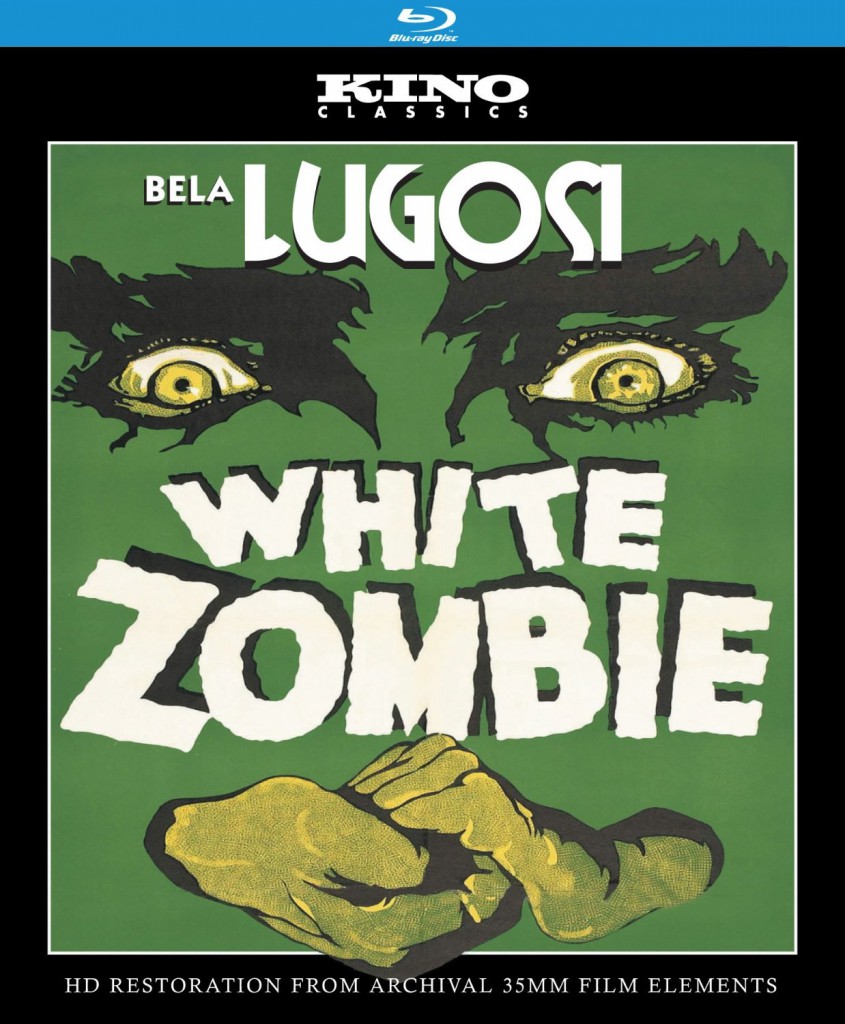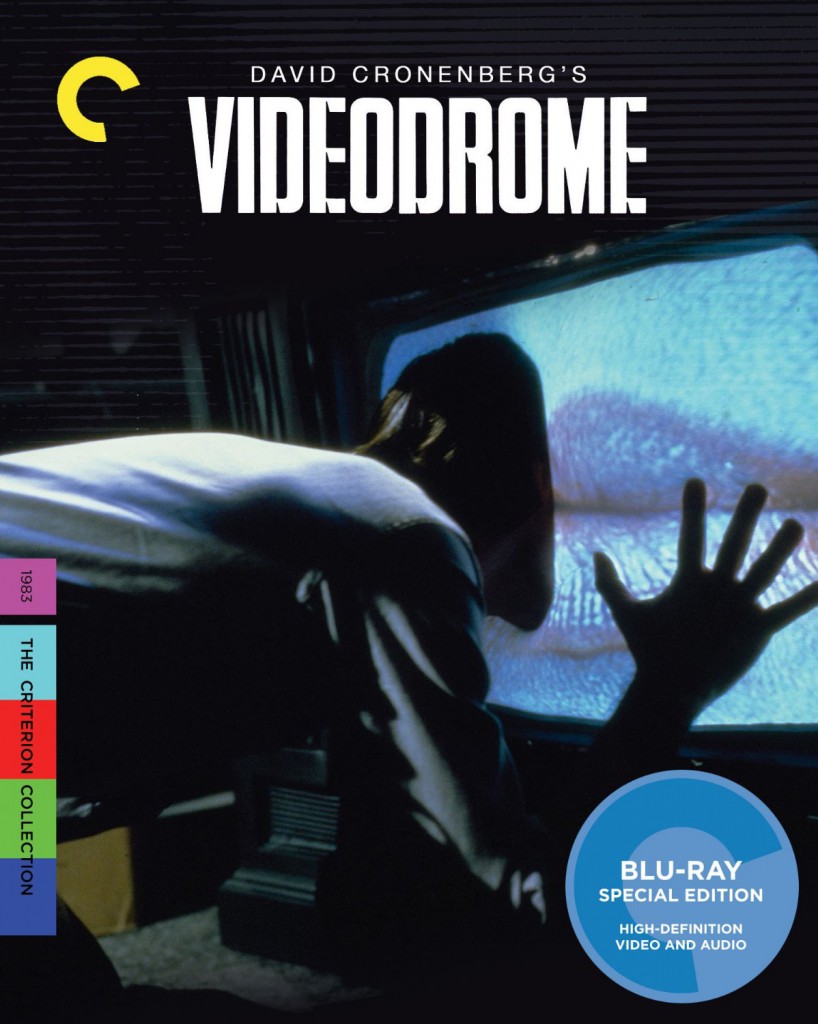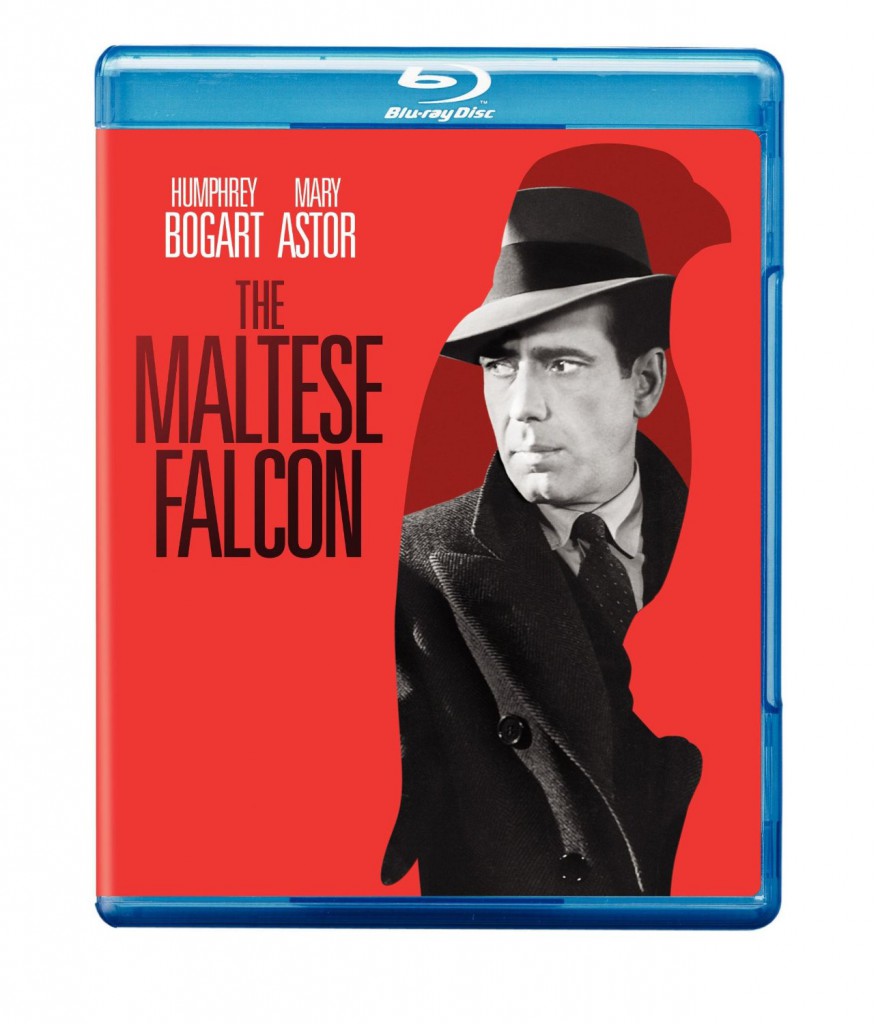Welcome to this week’s installment of The Scariest Part, a recurring feature in which authors, comic book writers, filmmakers, and game creators tell us what scares them in their latest works of horror, dark fantasy, dark science fiction, and suspense. (If you’d like to be featured on The Scariest Part, please review the guidelines here.)
My guest is E.M. Powell, whose latest novel is The Blood of the Fifth Knight. Here is the publisher’s description:
England, 1176. King Henry II has imprisoned his rebellious Queen for attempting to overthrow him. But with her conspirators still at large and a failed assassination attempt on his beautiful mistress, Rosamund Clifford, the King must take action to preserve his reign.
Desperate, Henry turns to the only man he trusts: a man whose skills have saved him once before. Sir Benedict Palmer answers the call, mistakenly believing that his family will remain safe while he attends to his King.
As Palmer races to secure the throne for the King, neither man senses the hand of a brilliant schemer, a mystery figure loyal to Henry’s traitorous Queen who will stop at nothing to see the King defeated.
The Blood of the Fifth Knight is an intricate medieval murder mystery and a worthy follow-on to E.M. Powell’s acclaimed historical thriller The Fifth Knight.
And now, let’s hear what the scariest part was for E.M. Powell:
First things first. Historical fiction is not all about heaving bosoms, big dresses and/or kilts. Not at all. I write medieval. That’s the three and a half centuries from around 1150 to 1500. Believe me, there is so much that really happened in that time period that is the stuff of dreams for thriller writers. Or even possibly writers whose surname is Martin. I can’t of course cover it all but in my current novel, medieval thriller The Blood of the Fifth Knight, I have one of my main characters accused of sorcery. As with all historical fiction, there’s a lot of research that goes into the world building. What I found out about sorcery goes from the hilarious to the stomach turning to the genuinely terrifying.
The medievals liked natural magic, which for them was a type of science. Skilled practitioners performed it through charms, or through curses, the darker flip side. Particularly popular were aphrodisiacs. You could soak wool in bat’s blood and pop it under a woman’s head while she slept. This, apparently, would get her aroused. Ditto a stag’s testicles or a fox’s tail. You had to be very careful about slipping ants’ eggs into her bath as she would be so consumed with lust afterwards that she would leap on just about anybody. If it’s the husband that’s having bedroom problems, then herbed earthworms ground up in the appropriate food would do the trick. The unlucky chap also had to be careful about what he drank. If he swigged down the forty ants boiled in daffodil juice, then he could find himself impotent for the rest of his life. Downton Abbey this is not.
But you might find that the responses to curses weren’t a huge improvement. Arnold of Villanova wrote a tract On Bewitchments around 1300 in which he included remedies for impotence caused by magic. He recommended placing a rooster’s testicles under the married couple’s bed. Alternatively, you could fumigate the bedchamber with fish bile or smear the walls with the blood of a black dog. That’s a heck of a love nest. If you weren’t so keen on interior décor, you could just grind up the dried kidneys and testicles of vultures and drink that dissolved in wine.
Now, if this belief system had stopped at harmless/revolting practices, then it wouldn’t be very scary. But sorcery (a forerunner of what was to become witchcraft) was magic where it was believed that the power of the Devil was being invoked. It’s important here to understand the medieval mind and medieval Christianity in particular. The Devil wasn’t an abstract idea. He was real. Real and ready to take souls to hell. William of Malmesbury (d. 1142) wrote an account of the Sorceress of Berkeley and events from 1065. She was, according to William, ‘addicted to sorcery…skilled in ancient augury, she was excessively gluttonous, perfectly lascivious, setting no bounds to her debaucheries.’ She repented on her death bed and begged for her body to be saved from Satan, with her corpse sewed up in a stag’s skin, placed in a stone coffin and weighted with lead and iron and secured with chains. It was no good. A devil broke into the church and made off with her on the back of a barbed black horse. Fact, as far as medieval people were concerned.
With such evil in the world, someone had to do something about it. Enter the response of the Church. A popular punishment was excommunication, a terrible fate for the medieval sinner as it meant that they would never be able to enter heaven. Yet prosecutions for maleficent magic would go even further and we begin to see the practice arise throughout the middle ages of the burning of those suspected of their involvement with the Devil.
In a famous sermon preached by Bernardino of Siena in 1427, we see him link the use of charms with calling on Satan. Bernardino preached that if anyone were to encounter a practitioner of magic, the only response should be ‘to cry out: ‘To the flames! To the flames!’ Insidiously, he also encouraged people to report any instances of sorcery, for if they did not, they would share in the guilt.
The link between the practice of magic and full Devil worship was becoming ever stronger, mutating into the deadly phenomenon of witch trials. It is estimated that between the fifteenth and eighteenth century around 50,000 people lost their lives through burning at the stake or hanging.
So mixing up some powders in a glass of wine, putting a wood carving on a threshold, being seen to chant over a well: all of these could lead to a trial at which there could be little or no defense. To unspeakable, agonizing death. And all because the powerful in society held a belief that had no bearing in reality and were yet free to impose it and construct a regime of terror around it. Now, that, for me, is The Scariest Part.
E.M. Powell: Website / Facebook / Twitter
The Blood of the Fifth Knight: Amazon / Barnes & Noble / Walmart
E.M. Powell is the author of medieval thrillers which have been #1 Amazon bestsellers in the US and the UK. Born and raised in the Republic of Ireland into the family of Michael Collins (the legendary revolutionary and founder of the Irish Free State), she now lives in the northwest of England with her husband and daughter and a Facebook-friendly dog. She is a regular blogger for English Historical Fiction Authors and a reviewer for both fiction & non-fiction for the Historical Novel Society. Her latest novel, The Blood of the Fifth Knight, is published by Thomas & Mercer.
